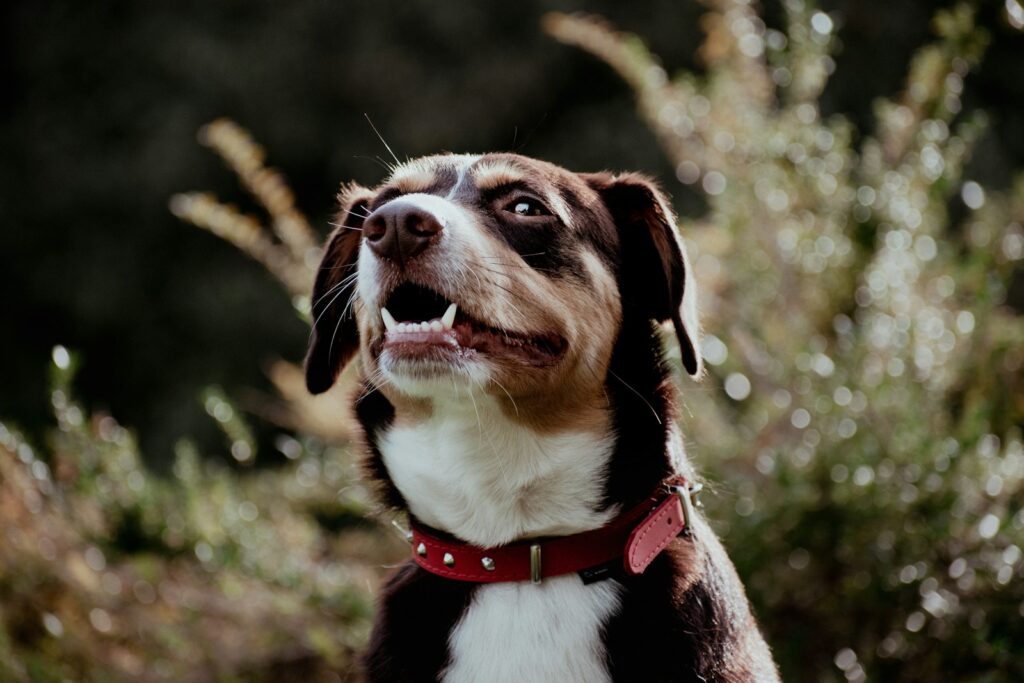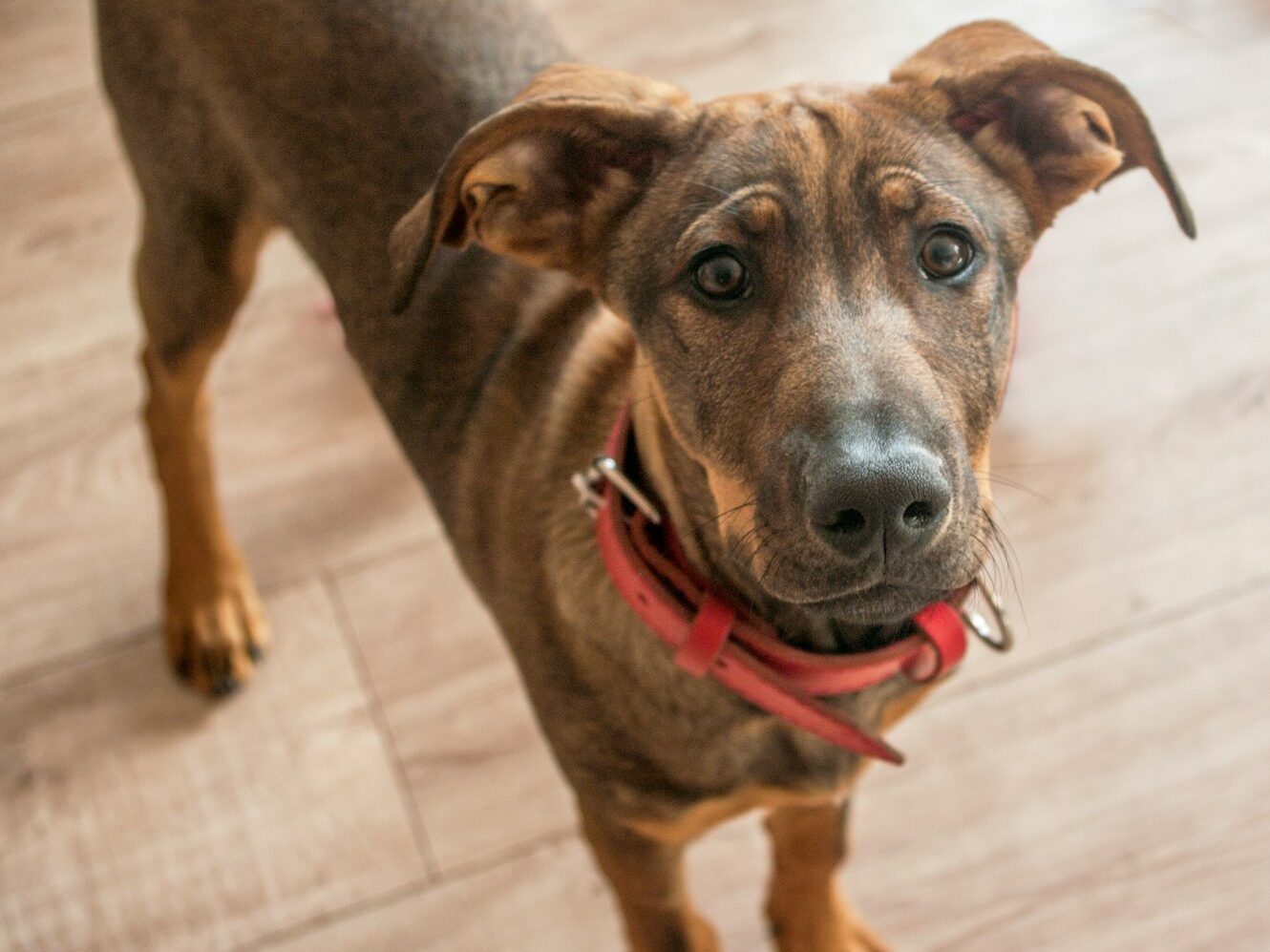15 Common Dog Health Issues That Start Subtly

Dogs can’t tell you when something feels off, so many health problems start quietly and go unnoticed until they get worse. A small change in how they eat, walk, or behave can be the first clue that something’s not right. By spotting the early signs, you can get ahead of serious issues and keep your dog healthy and happy. Here are 15 dog health problems that begin subtly but matter more than they seem.
Dental Disease

When your dog starts chewing on one side or backing away from hard treats, it might not seem like much, but that’s often how dental trouble begins. Bad breath, red gums, or avoiding certain toys can point to plaque buildup or gum infections. Left untreated, it can even lead to tooth loss or even affect the heart, so early dental care is more important than it looks.
Ear Infections

If your dog shakes their head a little more than usual or scratches at one ear, it might just seem like an itch. But that’s often the first sign of an ear infection, especially in breeds with floppy ears or lots of hair. A slight odor, redness, or discharge usually follows, and things can go from annoying to painful fast if you don’t catch it early.
Arthritis

When your dog hesitates before jumping on the couch or gets up a little slower in the morning, it could be arthritis starting. Many pet owners think their dog is just tired or lazy, but joint stiffness, even in younger dogs, can signal inflammation. Watching for small changes in movement can help you manage the pain before it gets worse.
Allergies

You might not think much of a little sneezing or paw licking, but allergies in dogs often start with these subtle signs. Some dogs scratch constantly, get itchy ears, or develop small rashes without a clear cause. Over time, this can turn into chronic skin problems or infections. Figuring out what’s triggering it early can make a huge difference.
Hypothyroidism

When your dog gains weight even though their food and exercise haven’t changed, or they seem more tired than usual, it could be a thyroid issue. Hypothyroidism develops slowly, often starting with things like dry skin, a dull coat, or just not acting like themselves. Since the signs are subtle and easy to miss, many cases go untreated until it’s more advanced.
Urinary Tract Infections (UTIs)

Frequent urination or accidents in the house might seem like a training issue, especially in older dogs, but they’re often the first signs of a UTI. Dogs may also lick themselves more than usual or look uncomfortable when trying to go. A quick vet visit and antibiotics can clear it up, but left untreated, UTIs can lead to kidney problems and bigger health issues.
Diabetes

Increased thirst, more bathroom trips, or a sudden loss of weight might not seem connected at first, but they’re common early signs of diabetes in dogs. It usually starts gradually, and many pet owners assume it’s just age or weather. But catching it early is key because once it progresses, diabetes can affect vision, energy, and even how your dog’s organs function.
Vision Loss

When your dog bumps into furniture or hesitates in new places, it might seem like clumsiness—but it could be early vision loss. This often comes on slowly, especially in older dogs, and they adapt so well that you don’t notice right away. Subtle signs like cloudiness in the eyes or a change in how they walk are worth checking out before the problem grows.
Skin Infections

If your dog keeps licking one spot or has a patch of flaky skin, it might not look serious, but that’s often how skin infections start. Hot spots, yeast infections, and even parasites can begin with just a little redness or scratching. Dogs with thick fur can hide early signs, so keeping an eye on changes in grooming habits or odor is a smart move.
Heart Disease

Mild coughing after exercise, slower walks, or getting tired faster can all be early signs of heart disease in dogs. It often begins with very subtle symptoms that are easy to mistake for normal aging. But catching heart issues early can make treatment more effective and give your dog more active years, so don’t ignore those little changes in energy.
Kidney Disease

Increased thirst, more frequent urination, and changes in appetite are some of the first quiet signs of kidney trouble in dogs. At first, your dog might just seem a bit off or pickier about food. But kidney disease gets harder to manage the longer it goes unnoticed, so early bloodwork and vet checkups are key if you sense something’s different.
Cushing’s Disease

When your dog starts drinking more water, panting at odd times, or losing hair in patches, it could be Cushing’s disease, which is caused by too much cortisol. The signs come on slowly and often mimic other issues, so it’s easy to overlook. It’s more common in older dogs, and while it’s not curable, catching it early helps you manage symptoms better.
Anxiety or Stress

Sometimes, the issue isn’t physical. When your dog paces, hides or licks excessively, it can be a subtle sign of anxiety. These behaviors often get brushed off as quirks, but chronic stress can affect sleep, digestion, and even their immune system. If something seems off behaviorally, it’s worth looking at their routine and environment before it becomes a deeper emotional or health issue.
Cancer

Unexplained lumps, changes in eating habits, or slight shifts in energy might seem minor, but they can be early signs of cancer. Some cancers grow quietly and without pain at first, which is why routine vet checks matter so much. A tiny bump or weight loss can be brushed off as nothing—but catching cancer early can make a very big difference in treatment and outcomes.
Digestive Issues

A little gas, softer stool, or skipping meals now and then may seem harmless, but they can be early signs of digestive issues like IBD (Inflammatory Bowel Disease) or food sensitivities. Dogs often show subtle changes in appetite or stool first, and by the time it becomes vomiting or diarrhea, it’s already progressed. Paying attention to those small digestive changes can save a lot of trouble later.





